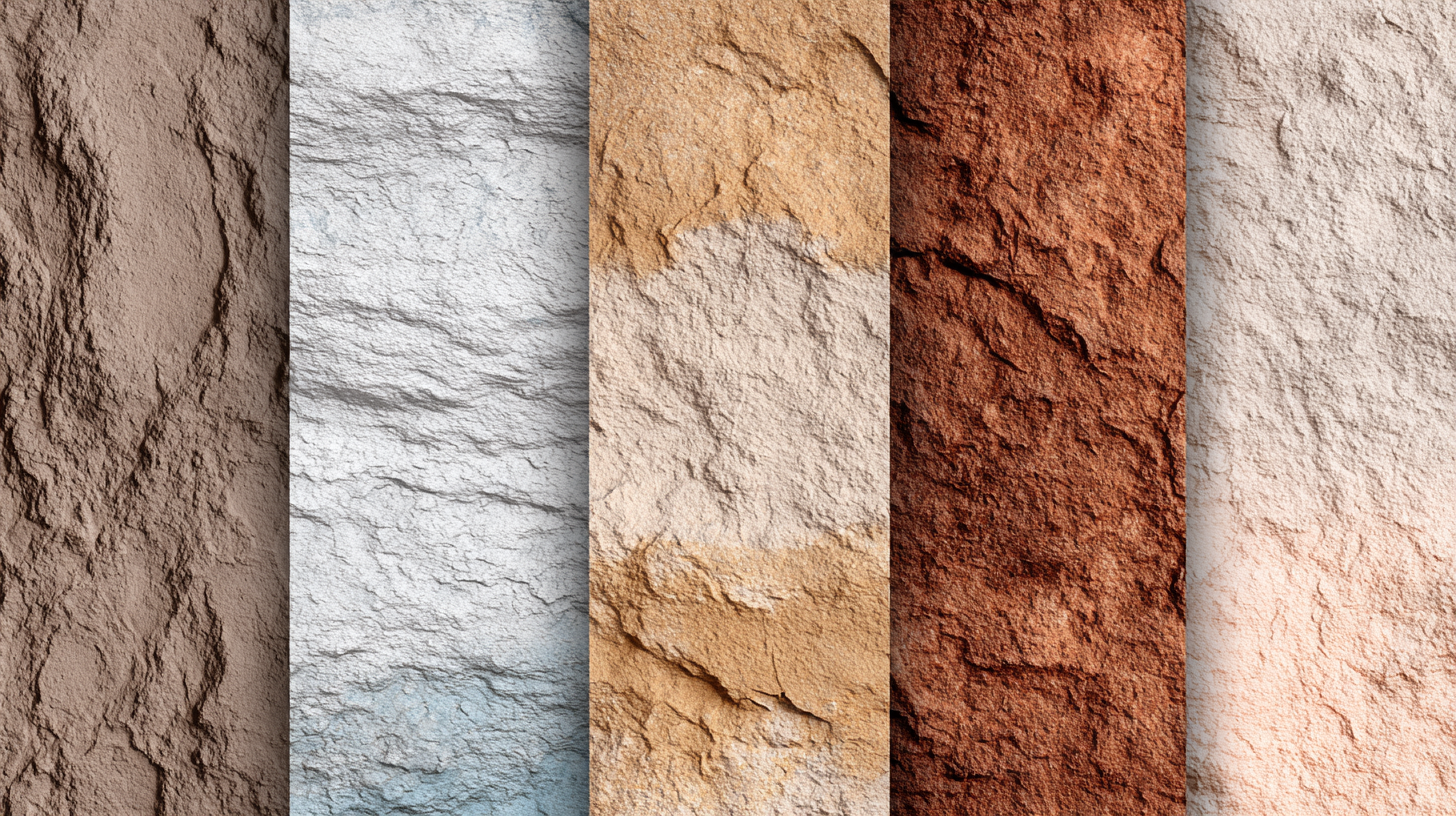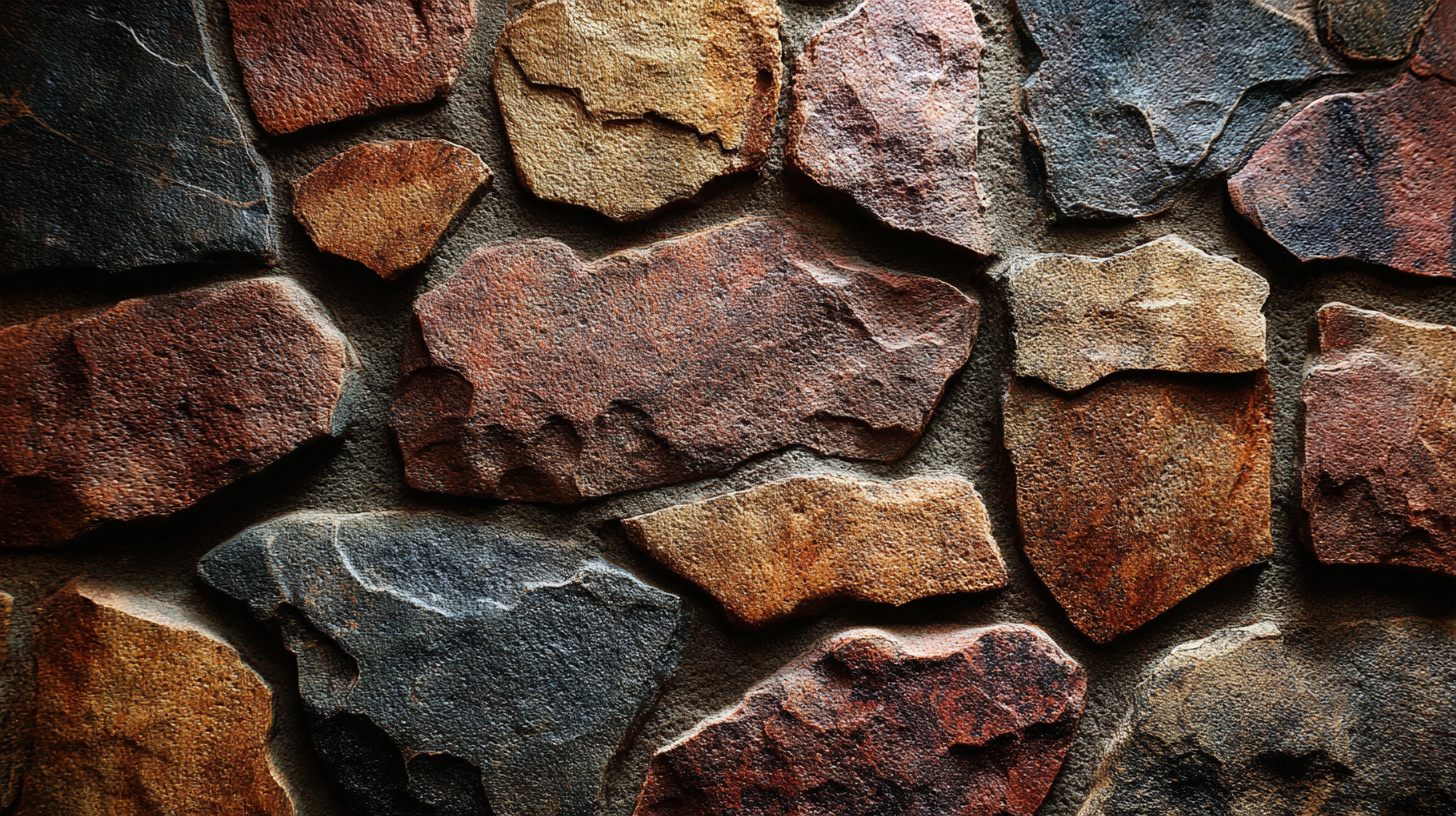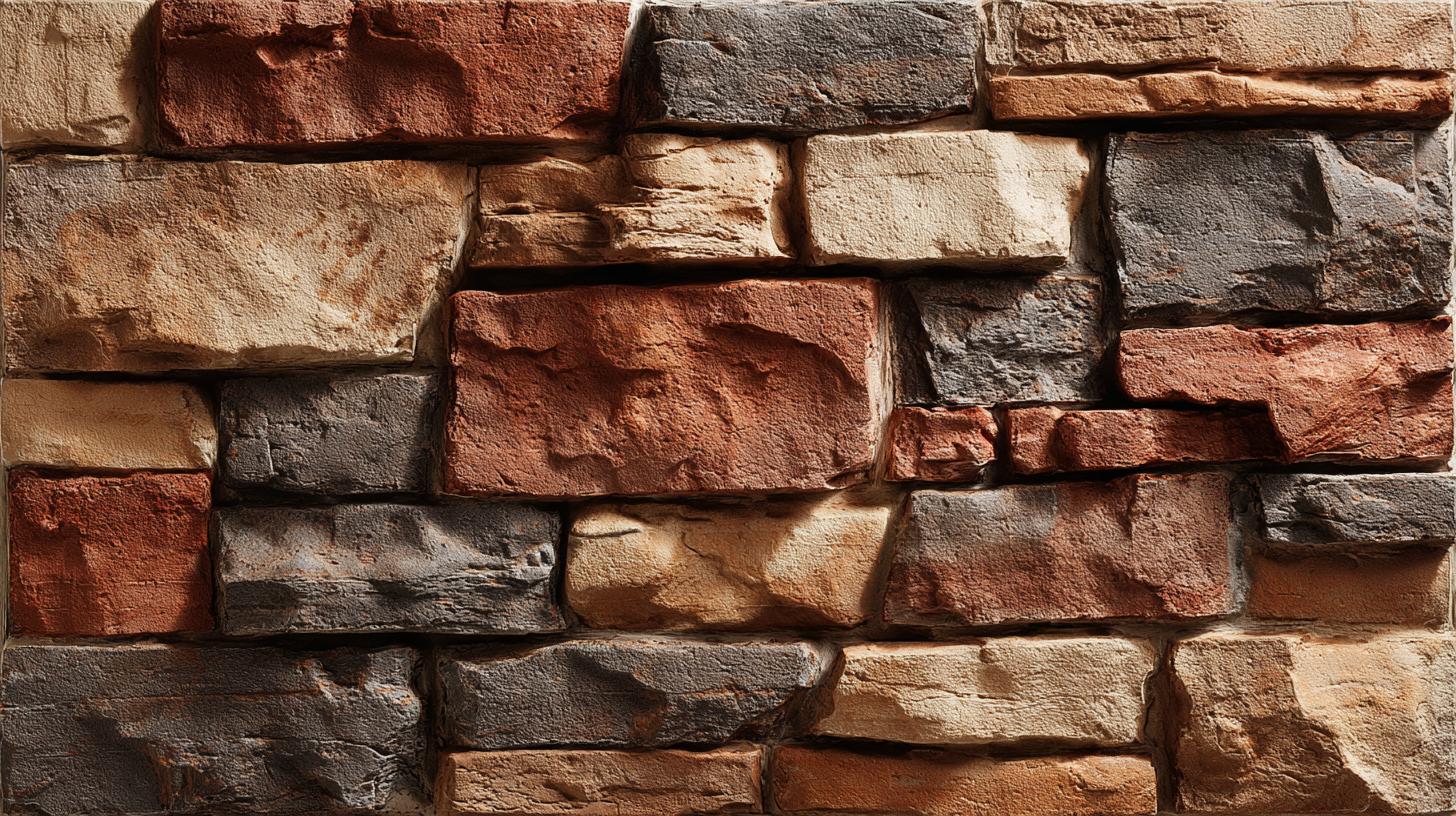Achieving the perfect Stone Texture Wall Paint finish is a goal many homeowners and designers strive for, yet it often comes with its set of challenges. This unique paint style not only adds depth and character to spaces but also presents various hurdles in application and technique. From selecting the right materials to mastering the application process, several factors can influence the final outcome. Moreover, environmental conditions, drying times, and even the skill level of the painter play crucial roles in determining whether the desired aesthetic can be achieved. In this blog, we will explore five key reasons why attaining that flawless stone texture wall finish can be more daunting than it seems, while also providing insights into how to navigate these challenges effectively for a stunning result.

When it comes to achieving a flawless stone texture wall paint finish, the significance of
surface preparation cannot be overstated. Effective surface preparation techniques lay the groundwork for a high-quality application, ensuring that the texture adheres properly and that the visual outcome is as desired.
Techniques such as surface cleaning, leveling, and priming are essential to eliminate imperfections and enhance the overall aesthetic.
Incorporating modern tools and technologies to measure surface microgeometry can assist in achieving the right roughness, which is crucial for the optimal application of textured paint.
Moreover, sustainable approaches to surface preparation are gaining traction. Utilizing
environmentally friendly methods not only aligns with green building practices but also promotes better adhesion and longevity of the stone texture finish. This consideration of eco-friendly practices reflects a growing trend in the industry, where the focus on quality does not compromise environmental responsibility. As painters experiment with different textured rollers and innovative designs, the results can dramatically transform spaces, making surface preparation a vital first step in realizing the perfect stone texture wall.

Achieving a uniform stone texture finish in wall paint applications can be a daunting task for many DIY enthusiasts and professional painters alike. One of the primary challenges lies in selecting the right materials. The type of paint, whether it's acrylic or masonry, significantly impacts the texture and overall appearance. Using incompatible primers or additives can lead to uneven surfaces, causing frustration during the application process.
Another crucial factor is the technique employed during the painting. The application tools, such as rollers, brushes, or even sponges, can produce varying results. Inexperienced painters may struggle with achieving the desired consistency, resulting in patches or streaks. Additionally, environmental conditions like humidity and temperature can affect drying times and how well the paint adheres to the surface. These variables make meticulous planning and execution essential for anyone aiming to create a flawless stone texture wall finish.
| Challenge | Description | Impact Level | Possible Solutions |
|---|---|---|---|
| Inconsistent application | Variations in technique can lead to uneven texture. | High | Standardize application techniques and use tools consistently. |
| Environmental factors | Temperature and humidity can affect drying times and texture. | Medium | Monitor weather conditions and adjust application times accordingly. |
| Paint quality | Low-quality paint can lead to poor texture adherence. | High | Choose high-quality paints specifically designed for texture finishes. |
| Surface preparation | Poorly prepared surfaces can lead to uneven texture application. | High | Thoroughly clean and prime surfaces before painting. |
| Skill level of applicator | Inexperienced applicators may struggle with texture techniques. | Medium | Provide training sessions for applicators on best practices. |
 Advancements in paint technology have revolutionized the way we apply stone texture wall finishes, making them not only aesthetically pleasing but also significantly more durable. Modern formulations now incorporate advanced polymers and resins that enhance the adhesion and flexibility of the paint. This means that walls with stone texture finishes can withstand the wear and tear of everyday life, resisting cracking and peeling that were common issues with older products. By leveraging these innovations, homeowners and designers can achieve a striking stone finish that retains its beauty over time, even in challenging environments.
Advancements in paint technology have revolutionized the way we apply stone texture wall finishes, making them not only aesthetically pleasing but also significantly more durable. Modern formulations now incorporate advanced polymers and resins that enhance the adhesion and flexibility of the paint. This means that walls with stone texture finishes can withstand the wear and tear of everyday life, resisting cracking and peeling that were common issues with older products. By leveraging these innovations, homeowners and designers can achieve a striking stone finish that retains its beauty over time, even in challenging environments.
Moreover, recent developments in paint additives have improved the weather resistance of stone texture wall paints. These additives protect against ultraviolet (UV) rays, preventing color fading and degradation. Additionally, water-repellant properties have been incorporated, ensuring that moisture does not seep into the walls, leading to potential damage. This new generation of stone texture wall paints not only enhances the visual appeal of a space but also offers long-lasting protection, fulfilling both aesthetic and practical needs for modern living and design.
Achieving optimal adhesion in stone texture wall finishes is essential for both aesthetic appeal and durability. According to a report by the American Coatings Association, improper surface preparation can lead to adhesion failures, impacting the longevity of wall finishes. It is crucial to start with a clean, dry surface, free from dust, grease, and old paint residues. Surface profiling, or slightly roughening the substrate, can also enhance mechanical bonding, ensuring that the stone texture adheres effectively.
Another best practice involves selecting the right primer. The National Paint and Coatings Association recommends using a primer that is compatible with both the substrate and the topcoat. For instance, using an acrylic-based primer can be beneficial as it promotes adhesion and provides a uniform base for the subsequent application of stone texture paint. Additionally, applying the paint under optimal weather conditions—ideally when temperatures are between 50°F and 85°F—can significantly improve adhesion and the overall quality of the finish. This is supported by research from the Paint Research Association, which indicates that temperature and humidity levels play a vital role in the curing process of wall coatings.
As we look toward 2025, the landscape of stone texture paints is set to evolve significantly, driven by innovative technologies and a growing demand for environmentally friendly solutions. Industry experts project that the global market for decorative paints will reach $200 billion by 2025, with a notable trend towards sustainable materials. Manufacturers are investing heavily in bio-based resins and lower-VOC formulations, ensuring that stone texture finishes not only look good but also meet environmental standards.
To achieve the perfect stone texture wall paint finish, homeowners and designers can consider using advanced application techniques, such as spray or trowel methods, which mimic genuine stone surfaces more closely than traditional brushes. Remember, proper surface preparation is key; always sand and prime the wall before applying texture paint to enhance adhesion and durability.
Additionally, keeping an eye on color trends is vital. Predictions indicate that earthy tones and natural palettes will dominate in 2025, fostering a connection with nature and promoting a serene atmosphere in interior spaces. When selecting your stone texture paint, opt for shades that complement your existing decor while providing depth and dimension to your walls.
